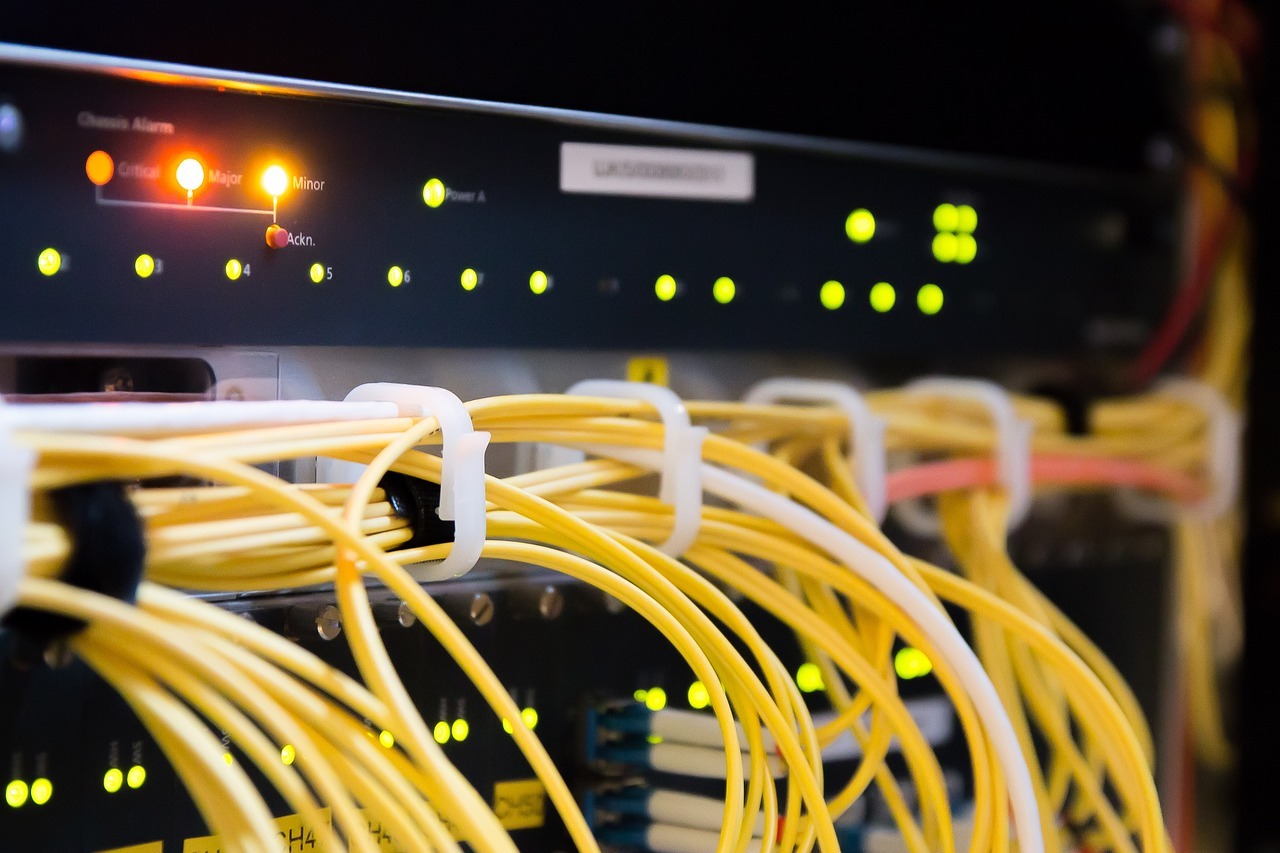In today’s technology-driven world, network design and maintenance have become critical components for any business. A well-designed and maintained network leads to increased productivity, smooth business operation, and good communication between clients and employees. A poorly designed network can cause data breaches, system downtime, and other costly and time-consuming problems.
However, network design and maintenance is not simple; it requires planning and expertise. You need a comprehensive network design and maintenance checklist to ensure your network runs efficiently and smoothly. In addition to the list, businesses can also benefit from choosing to hire ITSCO in Durham NC, to address their network design and maintenance needs.

In this article, we explore the essential items businesses should include in that checklist and highlight the importance of IT support from techadvisory.com.
1. Define Network Objectives
Businesses need to determine the purpose of the network, its target users, and its scope. Companies must also determine the number of devices and applications using the network, security needs, and bandwidth requirements. All these will assist in determining the complexity and size of the network you require. These factors will also help you choose your network’s software and hardware components.
Incorporating 5G network orchestration can further enhance network performance and scalability, ensuring businesses stay ahead in managing next-generation connectivity.
Example: A small marketing agency requires a network that can support 15 employees working on graphics-heavy applications, large file transfers, and video conferences. Their network objectives might include a high bandwidth to accommodate these tasks, robust security to protect sensitive client data, and remote access capabilities for employees working from home.
2. Identify Network Requirements
After defining network objectives, the next step is to identify network requirements. The requirements include security, bandwidth, scalability, and reliability. When designing the network, it is crucial to consider future expansion and growth and the effects of new technology.
Example: A growing e-commerce company expects to triple its employee count and expand to multiple locations within the next two years. They would need to consider scalability, ensuring that their network can accommodate the increased number of users, devices, and applications, as well as the need for inter-office connectivity.
3. Develop Network Topology
Network topology is the arrangement of network components and the interconnections between them. Businesses should develop network topology based on the physical layout of the office building and the network requirements. Companies should decide whether to use the bus, mesh, or star topology. The topology should meet the network objectives and needs and be scalable for future growth.
Example: A medium-sized law firm with offices on three floors of a building may opt for a star topology, with a central switch on each floor connected to individual devices. This design allows for easy expansion as new employees join and offers better fault tolerance in case of a device or connection failure.
4. Select Network Hardware
Selecting the proper hardware is essential to the success of the network. Businesses need to choose routers, firewalls, switches, storage devices, and servers that are within their budget and meet the requirements of their network. Choose hardware that’s scalable and compatible with one another.
Example: A startup developing an online gaming platform may require high-performance routers and switches to handle the high traffic volume and low latency demands of their user base. They might choose enterprise-grade hardware from well-known brands such as Cisco or Juniper to ensure reliability and compatibility with their network infrastructure.
5. Choose Network Software
Businesses need to choose the right software components for the network. Software components include applications, network management software, and operating systems. The selected software should be compatible with the hardware and meet the network requirements and objectives.

6. Plan Network Security
Network security is one of the most crucial components of network design and maintenance. Businesses must ensure their network is secure using antivirus software, firewalls, encryption protocols, and intrusion detection systems. Companies should implement security policies and regular security audits to identify threats. If any threats are detected, the company should take appropriate measures to address them.
Example: A healthcare provider must comply with HIPAA regulations to protect patient’s sensitive information. Their network security plan should include strong encryption protocols, role-based access control, and regular audits to ensure compliance.
7. Develop Network Documentation
Businesses should create detailed documentation for their network. The documentation includes network policies and procedures, network diagrams, and hardware and software configurations. Companies should regularly update the network documentation to include any changes to the network. Documentation is essential for troubleshooting and maintenance.
8. Implement Network Monitoring
Once the network is designed and configured, regular monitoring is needed to ensure it performs optimally. Network monitoring involves monitoring the network traffic and identifying any performance issues. If any problems are detected, appropriate action should be taken to solve them. The IT department should conduct network performance testing to ensure the network meets its objectives.
9. Establish Memory Backup And Recovery
Data loss due to network failure or disaster can be catastrophic to a business. A backup and recovery plan that includes offsite storage, regular data backups, and recovery procedures should be developed and implemented. The backup and recovery plan should also be tested to ensure its effectiveness.
10. Regularly Maintain Network
Regular maintenance is critical to ensuring the network is secure and operates effectively. Maintenance includes updating software and patching, conducting security audits, updating software, and upgrading hardware components. IT support from reliable service providers like ITSCO can help businesses regularly maintain their network.
A Comprehensive Checklist Is A Key To Successful Network Design And Maintenance
Network design and maintenance are crucial to business operations. They impact business security, communication, and productivity. To ensure your network infrastructure works efficiently, you need to develop a checklist that will assist them in designing and maintaining a secure network. Having this comprehensive checklist and hiring the right experts’ businesses can ensure businesses create an effective network that can enhance security, drive growth and improve communication.